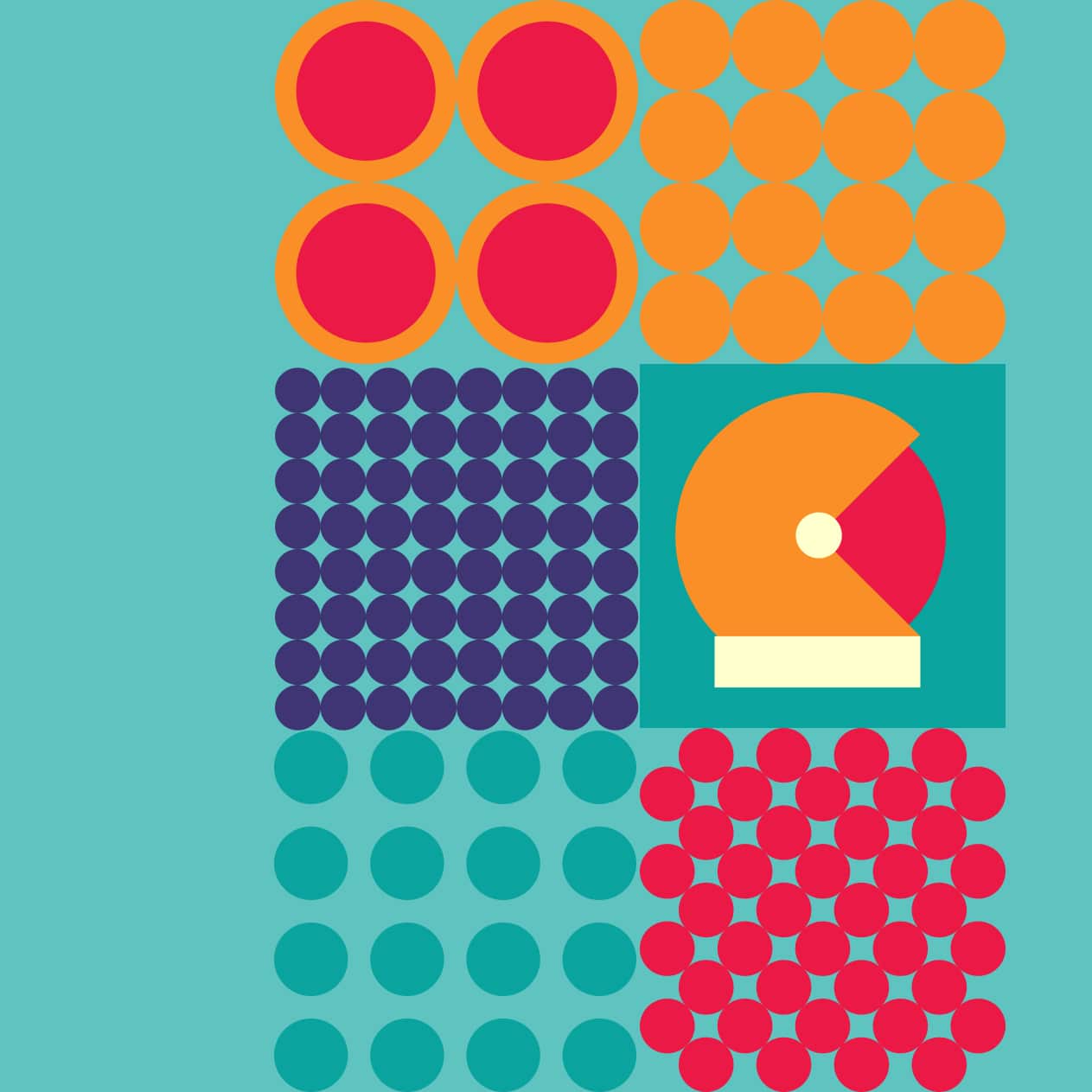It’s no secret that mobile apps are everywhere. Whether you’re an entrepreneur, business owner, or just a casual app user, chances are you’ve seen firsthand the impact of mobile apps in the digital world. But what defines a successful mobile app design?
The different types of mobile app design
There are three types of mobile app design: native, web-based, and hybrid.
Native
Native apps are those that are designed specifically for a certain type of mobile device. They are written in the language of that device’s operating system (OS), and they take advantage of the OS’s features and capabilities. Native apps usually provide the best user experience because they are designed specifically for a particular type of device and can take advantage of all its features. However, they can be more expensive to develop than other types of app design.
Hybrid
Hybrid apps are a combination of native and web-based apps. They are written in HTML5, CSS3, and JavaScript, but they also include some platform-specific code that takes advantage of the specific features and capabilities of each type of device. Hybrid apps provide a good user experience because they combine the best aspects of both native and web-based app design
External Resource: Hire from the top 3% of professional app developers from Toptal
Web-based
Web-based apps are designed for use on multiple devices, including desktops, laptops, smartphones, and tablets. They are written in HTML5, CSS3, and JavaScript, and they run on a web server. Web-based apps can be less expensive to develop than native apps because they only need to be written once in HTML5, CSS3, and JavaScript. However, they may not provide as good a user experience as native apps because they don’t take advantage of the specific features and capabilities of each type of device.
External Resource: Hire from the top 3% of professional front-end developers
Defining success for a mobile app design
The success of a mobile app design can be defined in many ways. For some, it may simply be about creating an app that is easy to use and navigate. Others may focus on creating an app that is visually appealing and catches the user’s attention. There are also those who focus on creating an app that is functional and meets the needs of the user.
No matter what your definition of success is for a mobile app design, there are certain elements that should be included in order to make your app successful. These elements include:
- A clear purpose or goal for your app
- A well-designed interface that is easy to use
- Appealing visuals that catch the user’s attention
- Functionality that meets the needs of the user
At d.DOBS Creative can help you define your product and set you up for success.
Making the user experience positive
A good mobile app design is all about making the user experience positive. That means creating an intuitive interface that is easy to use and navigate. It also means having features that are designed to meet the needs of your target audience. When you focus on making the user experience positive, you will be well on your way to designing a successful mobile app.
Creating an effective user interface
When it comes to creating an effective user interface for your mobile app, there are a few key things to keep in mind. First and foremost, you want to make sure that your app is easy to use and navigate. This means having a clean and intuitive design that users can easily understand.
Another important aspect of an effective user interface is making sure that your app is responsive. This means that it should work well on all devices, regardless of screen size or operating system. Your app should also load quickly and be free of any bugs or glitches.
Finally, you want to make sure that your user interface is visually appealing. This means using attractive visuals and graphics that will engage users and keep them coming back to your app.
By following these tips, you can create an effective user interface that will help ensure the success of your mobile app.
Example project: Soho House App
The importance of typography in mobile app design
The average person spends over four hours a day on their mobile phone, and even more, time looking at screens overall. That’s a lot of time spent looking at words, so it’s important that those words are legible and easy on the eyes.
Enter typography. The art and science of arranging type to make text readable, understandable, and visually appealing are essential to any good design, mobile or otherwise. But because we view screens differently than we do print material – often closer up and for shorter periods of time – typography for screen needs to be approached differently.
Here are a few things to keep in mind when designing with type for mobile:
- Size Matters: When it comes to body copy, bigger is almost always better on mobile. Consider using a font size of 16px or above; anything smaller will be hard to read on a small screen.
- Line Length Matters: Line length (or “measure”) is the width of a column of text. On mobile, line lengths should be shorter than they are in print; around 30-40 characters per line is ideal. This makes the text more readable and easier to scan.
- Leading Matters: Leading is the vertical space between lines of text. On mobile, the leading should be slightly larger than it is in print; around 120% of the font size is a good rule of thumb. This extra space makes the text more legible and easier to read
Designing for different types of devices
Different types of mobile devices have different screen sizes, resolutions, and input methods. As a result, designing a successful mobile app requires taking these differences into account.
Screen size is one of the most important factors to consider when designing for mobile devices. Different devices have different screen sizes, and your app needs to be able to scale accordingly. Resolution is another important factor; you need to make sure that your app looks good on devices with different resolutions. Input methods are also important; on some devices, users can only input text via a virtual keyboard, while on others they may be able to use a physical keyboard or other input methods.
When designing your app, it’s important to keep all of these factors in mind in order to create a successful design that will work well on all types of mobile devices.
Example project: Contiki
Hire a remote mobile app designer
There are a number of websites that specialize in connecting businesses with remote mobile app designers, such as Upwork, Toptal, and Guru. What’s important is to build trust with the brand and the designer that you will work with.
There are a few key things to look for when hiring a remote mobile app designer:
- Make sure that they have a strong portfolio of previous work. This will give you an idea of their style and skills.
- Check their reviews and testimonials from past clients. This will give you an idea of their work ethic and how easy they are to work with.
At d.DOBS Creative we have that and more – we will support you throughout the entire process from planning to app delivery!
Stay up to date! Join our newsletter!
Join our community today and let the most exciting updates come directly to you. Stories, Design Lab items, discounts, new projects and industry insights – all delivered to your inbox.


